Guide on 10 months old baby food - what to eat and what to avoid, including a 10 month old diet chart, feeding schedule, recipes and free printable meal planner.
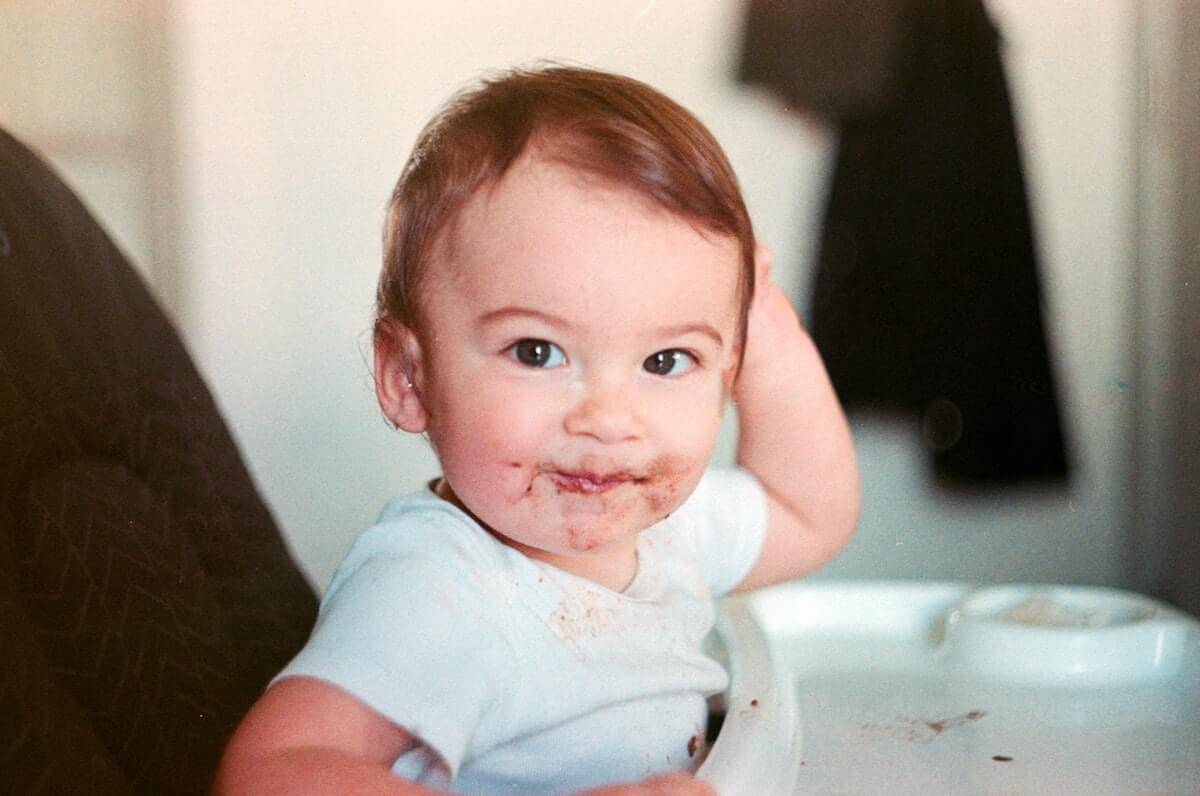
Jump to:
Food for babies at 10 months old
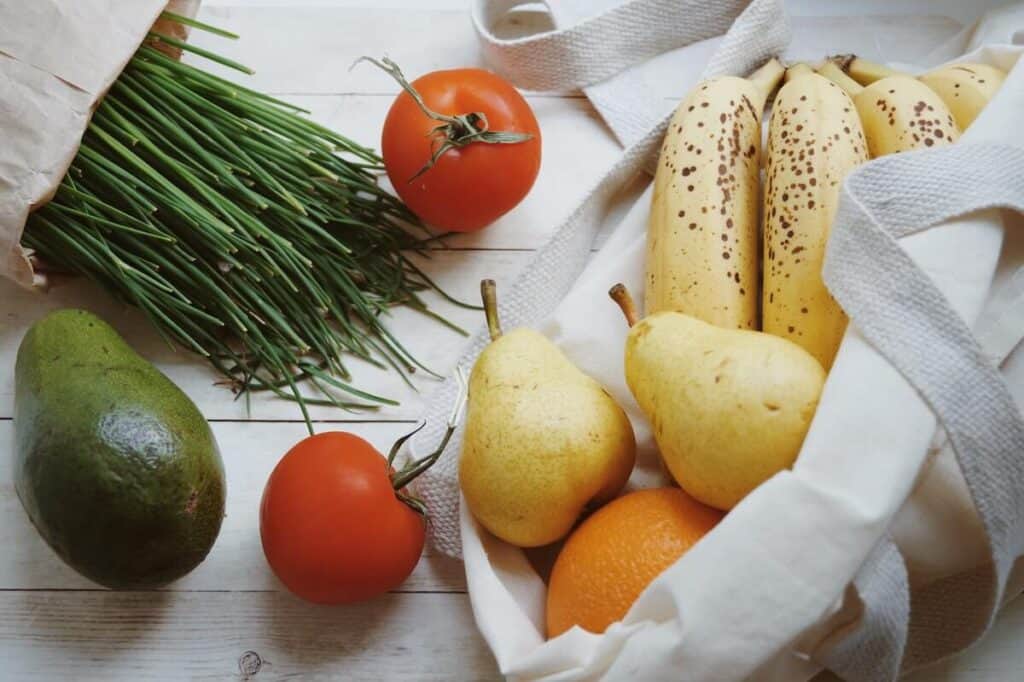
At this age your baby's nutrition comes from solid foods and breastmilk/formula.
A baby should be eating 750 - 900 calories per day, with about 400 - 500 calories still coming from breastmilk/formula.
The food should mostly be finger food to allow the baby to develop their pincer grasp and oral motor development (see Starting solids - how to transition to finger foods guide).
You can even start giving them some starter cutlery to explore and play with.
You can give baby bite-sized pieces of very soft food cut the size of a pinky fingernail or smashed (such as peas or chickpeas) from the food list:
- Fruits - cooked apples, strawberries, bananas, peaches, nectarines, plums, apricots, blueberries, raspberries, blackberries, mango, pineapples, oranges
- Vegetables - cauliflower, broccoli, spinach, swiss chard, kale, parsnips, carrots, tomatoes, cucumber, zucchini, eggplant, butternut squash, potatoes, sweet potato, asparagus, beetroot, avocado
- Protein - beef, lamb, chicken, turkey, pork, fish, eggs, lentils, chickpeas, beans, tofu
- Grains - oats, millet, wholewheat products (bread, tortillas, pittas, pasta, couscous), quinoa, barley, bulgur, rye products (bread, tortillas, pittas), rice (once a week due to high arsenic content)
- Dairy (pasteurized, no added sugar or salt) - cheese, full-fat yogurt, kefir
- Fats - nut butters, seed butters, olive oil, avocado
Below you will find food ideas and recipes for 10 month old baby.
Foods to avoid
At ten months old you should avoid giving your baby the following foods:
- Cow’s milk – digestive system not yet adapted
- Low-fat milk and dairy products – cause excessive intake of protein and low intake of essential fats
- Honey – can cause botulism
- Salt – kidneys not sufficiently developed
- Fruit juices – high sugar content
- Unpasteurized products – can contain dangerous bacteria
- Smoked & cured meats / processed food – excessive salt intake
- High mercury fish (fresh tuna, halibut, grouper, shark) – excessive intake of mercury
- Chocolate, especially dark – caffeine content
10 months old baby diet chart
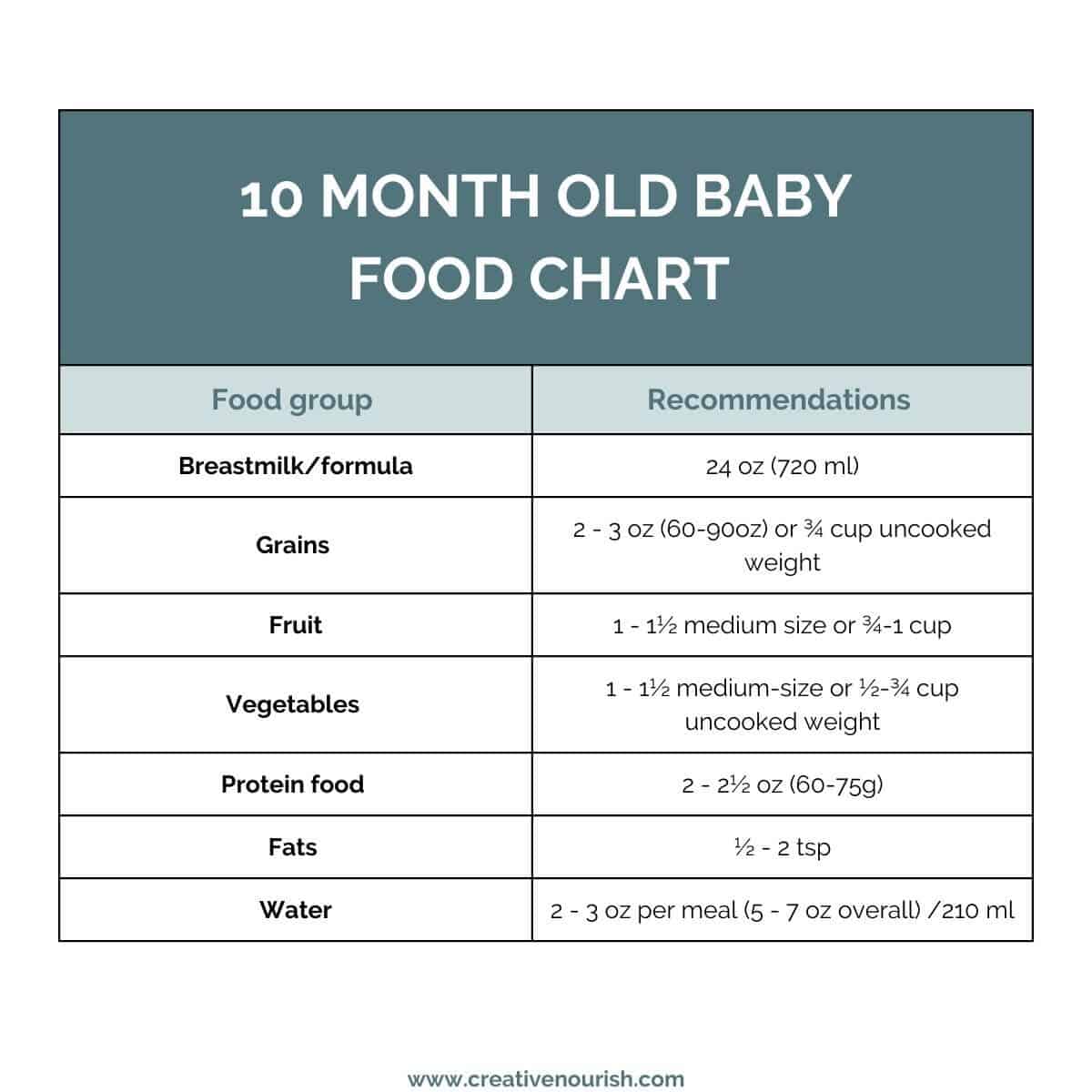
This chart was created following the guidelines of the American Academy of Pediatrics, American Dietetic Association and World Health Organization by Dora Babic-Cikos, Phd, our resident nutritionist.
You can check out her book Wean With Confidence for a full 6-12 Month Meal Plan here (7 months of nutritionist-made meal plans and over 100 recipes).
Meal plans and baby food charts for other ages are available in the baby food charts section such as Meal plan for 6 month old baby, 7 month old baby food chart, 8 month old baby food chart, 9 month old baby food chart, 10 month old meal plan (different to the chart presented here), 11 month old meal plan and 1 year old baby food chart. Or if you are looking for just recipes see the homemade baby food recipes list.
Sample Feeding Schedule
The feeding schedule will vary whether you are breastfeeding or bottle feeding. This is just an example. You can split your breastfeeding/bottle feedings however you like.
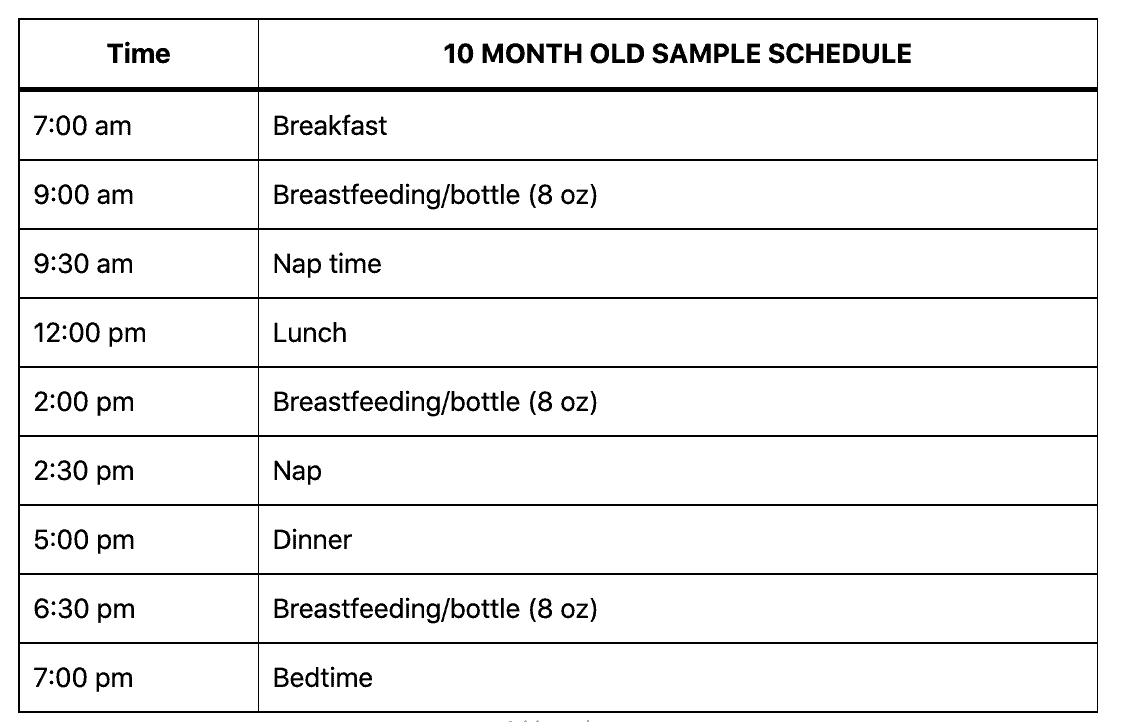
Breakfast for 10 month old
A selection of easy and healthy breakfast recipes for your 10 month old baby




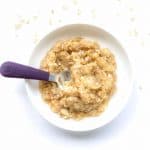
Family meals - lunch and dinner ideas for 10 month old
Selection of easy healthy lunch and dinner ideas for your 10 month old baby that can also be served as a family meal (just add a little salt for the grown-ups!)

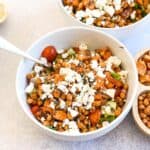
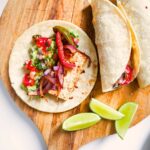
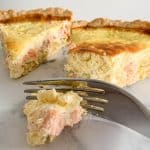
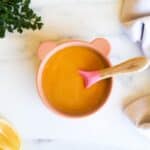
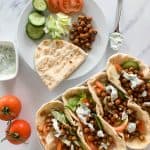

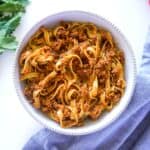
Snacks for 10 month old
At 10 months your baby's snack will usually still be breastmilk or formula, however, if you want some additional snack recipes see below.
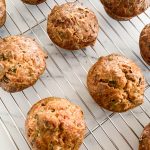
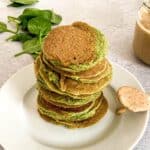
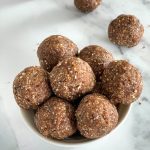
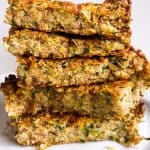
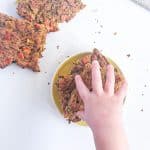
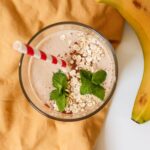
Feeding tips
- offer foods one by one to control for allergies
- start offering bite-sized pieces of soft food to your baby to help them develop pincer grasp (soft food the size of a pinky fingernail)
- offer small servings of food so child does not get overwhelmed
- always be present when baby is eating
- avoid salt and sugar
- no honey before 1 and no cow's milk or goat's milk unless used in cooking
- have a great bib to minimize cleaning
- serve food in a suction bowl so baby can scoop food out themselves
- teach them to drink little sips from an open cup from the beginning
- notice when baby is full because they will start turning their head away, clamp lips, throw food on the floor, spit food out, push food away
- start teaching them simple baby sign language (ideally to say "eat", "milk" and "water" so they can tell you when they are hungry)
Free Baby Meal Planner
Download, print and stick to your fridge this easy to use meal planner for your baby. Click here to download the PDF Meal Planner for Baby.
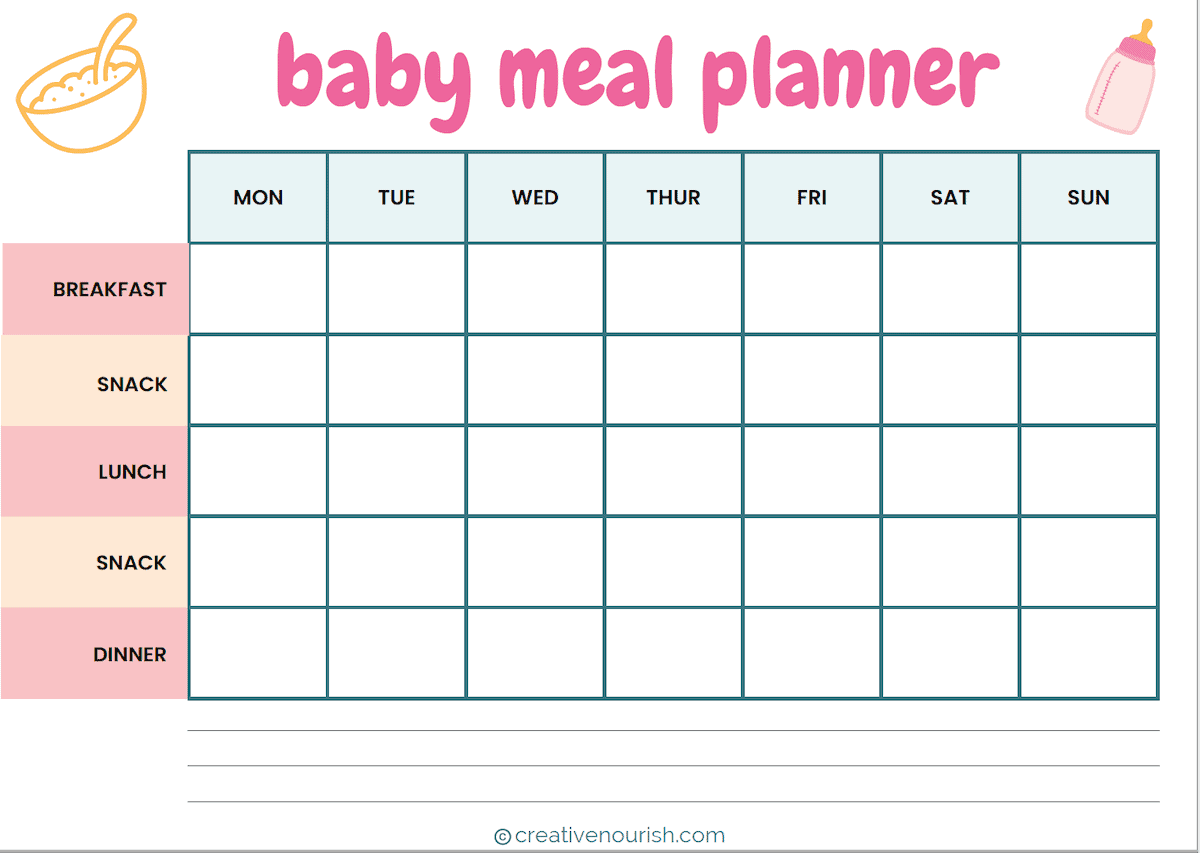

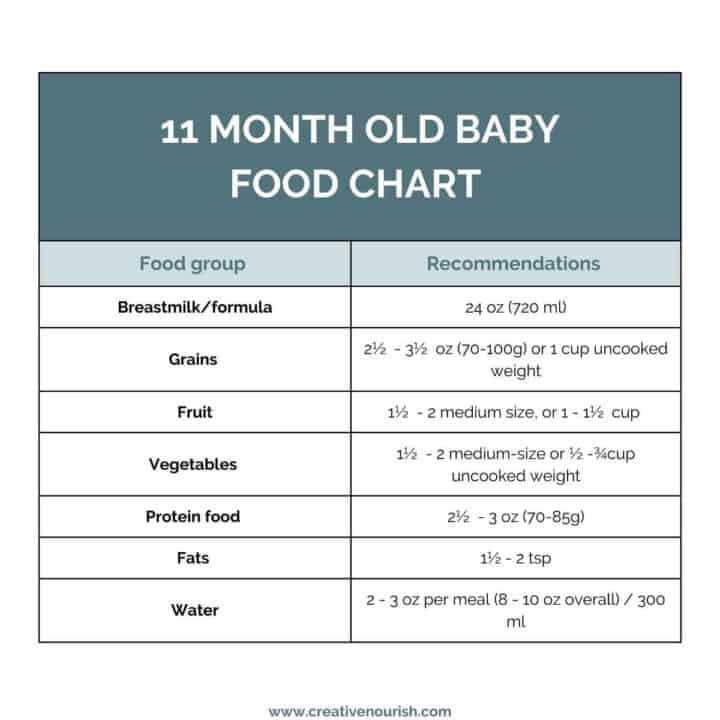
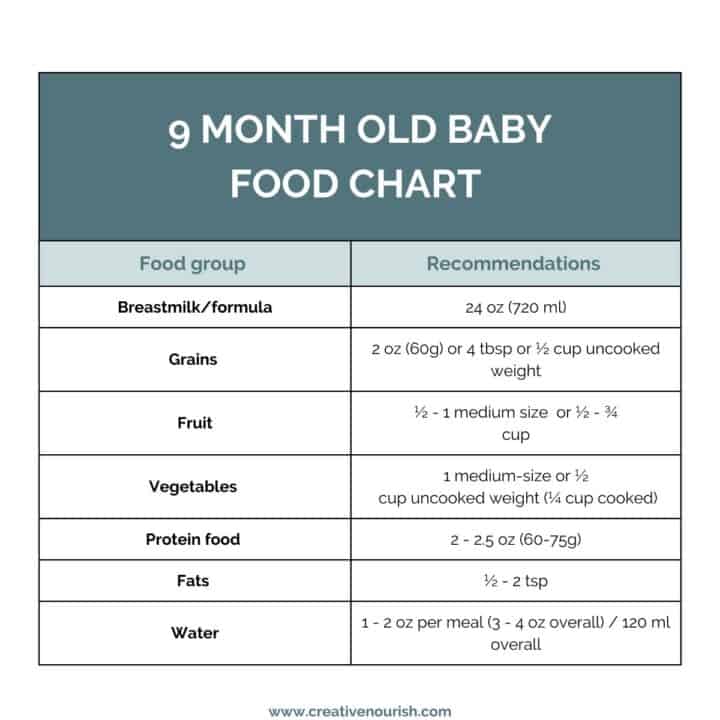
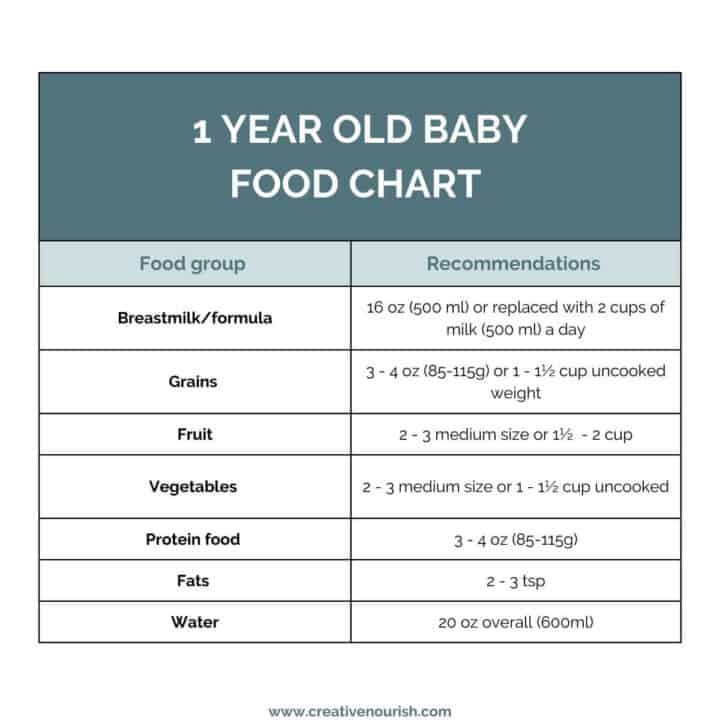
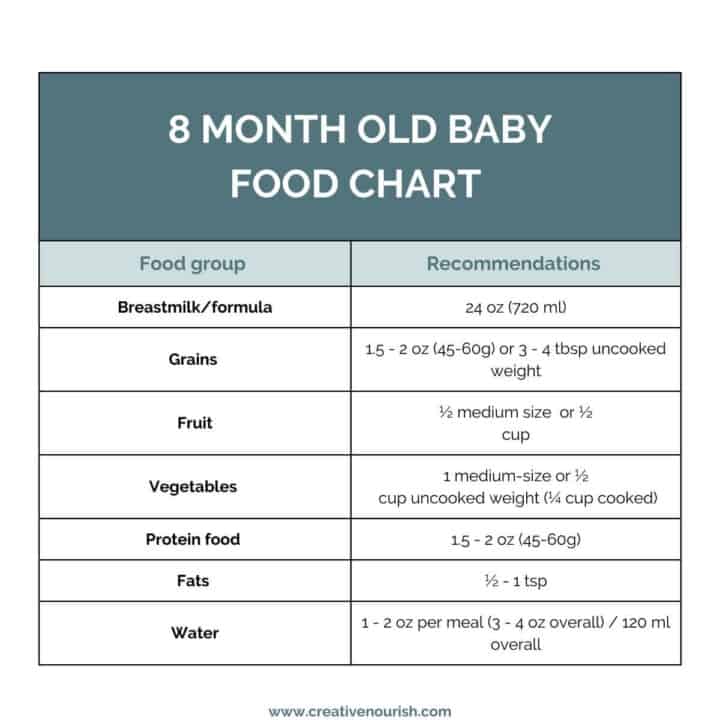
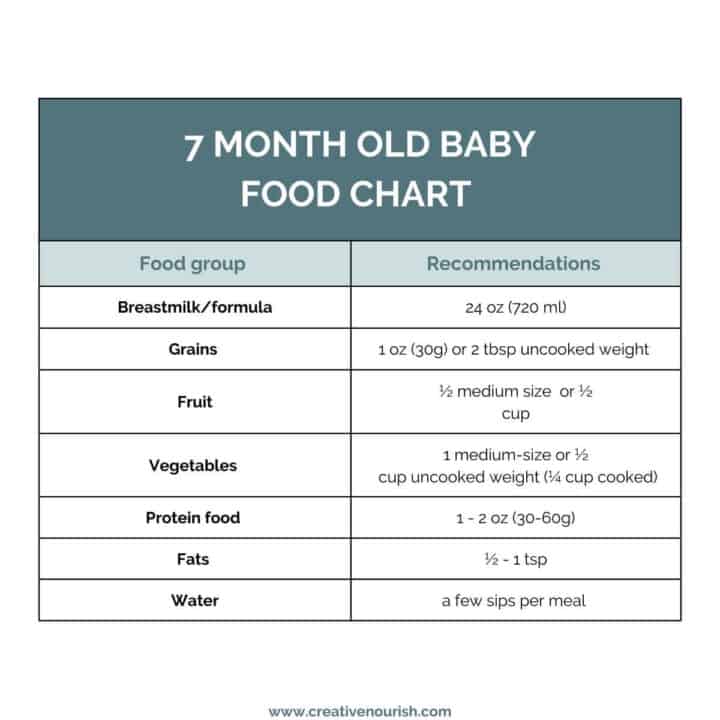
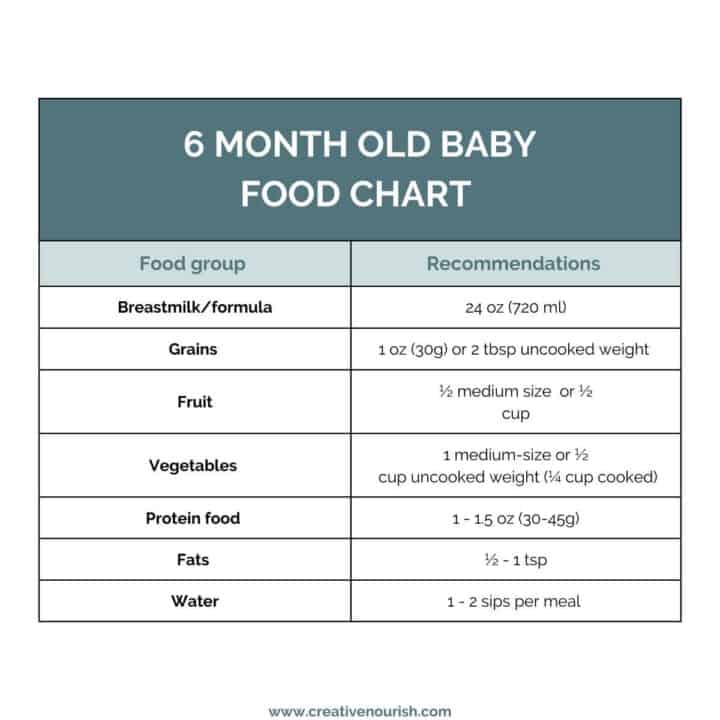
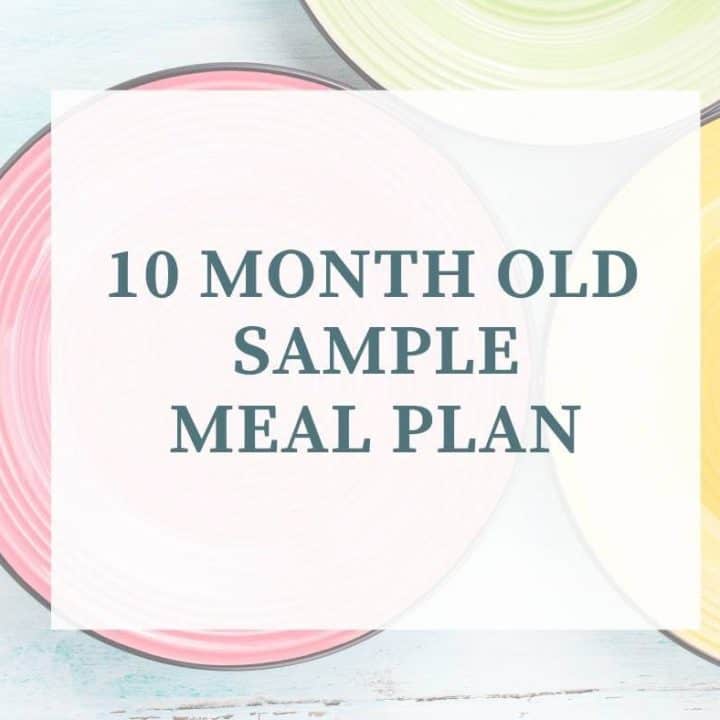
Ingunn
Hiya
I’ve been trying to find out which plates you used in the sample 10 month old meals with the various compartments…
Ana
Hello, its the Bumkins Silicone grip dish